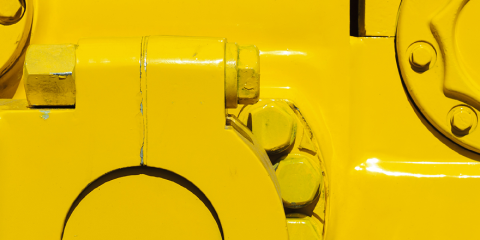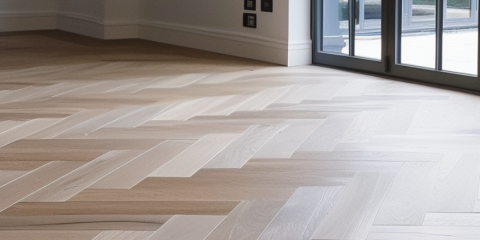
Circular economy
Challenge: Going all out for circularity
On a planet of finite resources, the ‘take-make-waste’ principle of the linear economy has to come to an end. This is why we are dedicated to opening new ways into tomorrow’s circular economy through diverse measures and collaborations along the value chain: by using alternative raw materials in our own production, by embracing the use of greener energy, and by developing materials that can be recycled more easily.
Reaching full circularity, however, is especially challenging when it comes to coatings, inks, and adhesives. For decades, high-performance paints and coatings were almost always solventborne, with a carbon base coming exclusively from fossil resources. And once applied, the materials themselves cannot usually be recycled. This makes it even more important to lower their ecological impact as far as possible, and to turn them into enablers for new, more sustainable technologies.
Status: From more renewable materials to recycling
Pressure is mounting on manufacturers to reduce their carbon footprint. The way that customers think and feel about materials is changing, and regulations are catching up. Fortunately, breakthrough material innovations have proven that there is a path beyond fossil-based coatings.
Considerable parts of fossil-carbon content can now be replaced with carbon sourced from biomass, or partly plant-based materials, without compromising on functionality or aesthetic appeal. We’re proud to offer a portfolio of solutions containing at least 25% non-fossil raw materials. These CQ (‘circular intelligence’) solutions are already supporting our customers across the automotive, furniture, and other industries.
Going one step further, mass balancing can help you start reducing your carbon footprint without making technical modifications. It’s a chain-of-custody approach that allows the attribution of alternative raw materials to offer more sustainable solutions while continuing to work with your existing formulations, infrastructure and assets – and maintaining the same high performance. We offer mass-balanced-certified solutions for selected products.
And a coating’s impact doesn’t stop at the end of its lifetime. Recycling end-of-life products is no longer an optional benefit, but an essential pillar of the transition to a more circular economy. It’s important that all actors in the value chain focus on the entire product lifecycle. The packaging and print industry is a forerunner here. That’s why, starting with this industry, we’re also working to develop new technologies and innovations that can promote both mechanical and chemical recycling.
Next: Ambitious goals to meet
Throughout the value chain, more and more businesses are investing in new technologies to achieve zero greenhouse gas emissions. In line with these commitments, we’ve also set our ambitions high: net-zero emissions from our own production and purchased energy by 2035; more alternative raw materials and a significant reduction of raw material-induced greenhouse gas emissions by 2035.
We’re aiming to make our entire portfolio available in climate-neutral versions – leveraging all our R&D capabilities along the way.
1 https://renewable-carbon.eu/publications/product/turning-off-the-tap-for-fossil-carbon-future-prospects-for-a-global-chemical-and-derived-material-sector-based-on-renewable-carbon/
2 https://www.circularity-gap.world/2021#downloads
3 https://environment.ec.europa.eu/topics/waste-and-recycling/end-life-vehicles/end-life-vehicles-regulation_en






.jpg?h=240&w=480&rev=2dcf54ed863846369dcdc0377739db34&hash=6D8466A9A0523FD22B1DE6F79FEC9ECA&usecustomfunctions=1¢ercrop=1)



